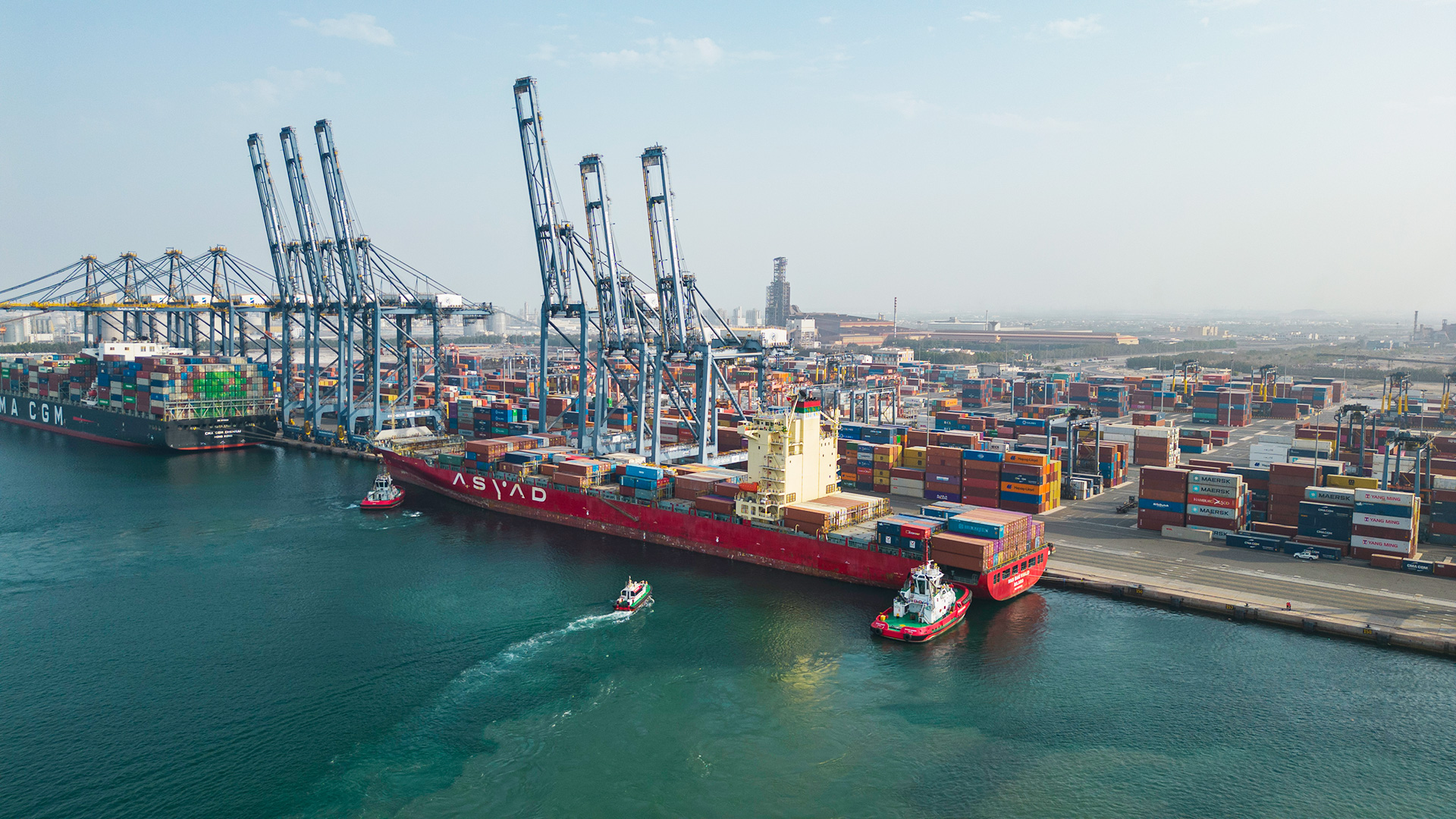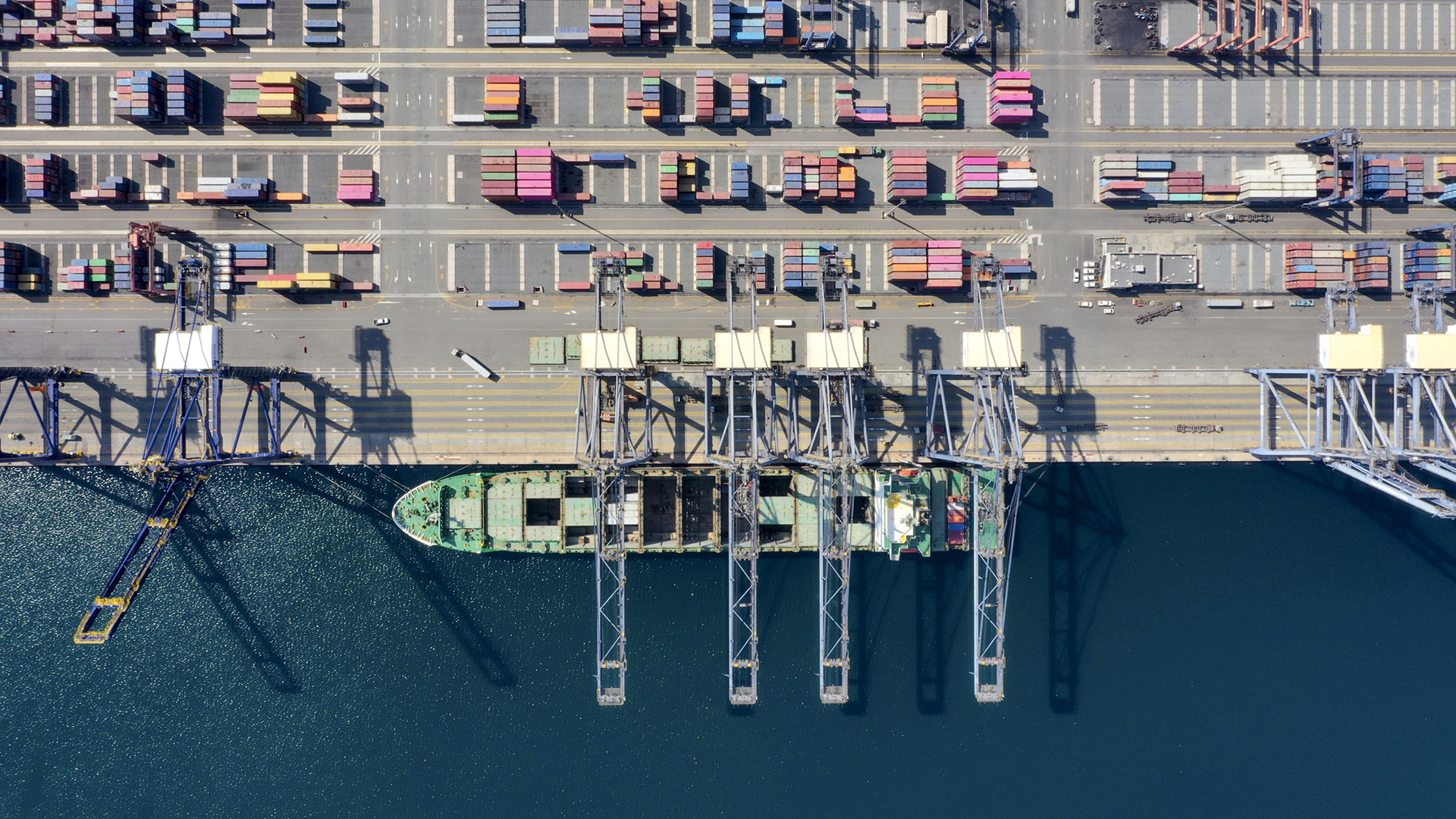
The global trade map is being redrawn and Oman is at the center of it
The Sultanate is reclaiming its 2,000-year-old status as a global trade gateway.
Three key forces are redirecting long-established global trade routes: The continuing reverberations of the Covid-19 pandemic. Rising geopolitical instability. And ballooning trade to, from, and between ‘emerging’ markets like India and Africa.
As these routes reconfigure, the Gulf is returning to its historic prominence as a central waypoint, facilitating trade between all four corners of the world. Thirty per cent of container traffic already flows through the region. Flagship initiatives like the India-Middle East-Europe Economic Corridor (IMEC) will only cement this position.
But while geography makes the Gulf a natural gateway, goods will only flow if the right infrastructure is in place. In that respect, one GCC nation is arguably leading in reclaiming its historical status as a global trade gateway: Oman.
A global logistics hub
Building on its strategic position along the Strait of Hormuz, Oman is aiming to become a global logistics hub.
The Sultanate already leads the GCC for freight clearance times and trading across borders in the latest World Bank Doing Business Report. Moreover, Oman’s largest maritime cargo terminal, Salalah Port, ranks second in the global Container Ports Performance Index (CPPI).
These successes are testament to the Sultanate’s concerted investment in its logistics capacity. “We have three world-class deep-sea ports,” says Abdulrahman Al Hatmi, Group CEO of Asyad, which manages Oman’s major shipping and transport infrastructure. “We have five airports with four-kilometer runways. And we have an extensive road network that stands among the best globally for its exceptional quality.”

This major investment has fueled Asyad’s double-digit growth since its inception less than a decade ago, and is being put to good use further expanding Oman’s logistics capabilities.
End-to-end integration
Opaque and fragmented supply chains have been a major theme for logistics during the perma-crises of recent years. Asyad’s solution has been to integrate end-to-end logistics under one umbrella, everything from air freight and shipping to dry docks, warehousing, and last-mile delivery.
Such consolidation delivers substantial cost and time efficiencies. “We can deliver goods from London to the GCC faster than similar operators can from London to Northern Ireland,” says Al Hatmi.
Crucially, it also brings every step of a shipment’s journey into the same technology system, providing complete visibility of its progress, which Al Hatmi says is invaluable: “If we can envisage bottlenecks or blockages, then we can do something about it before the shipment arrives.”

Tracking like this is characteristic of Asyad’s embrace of technology to improve its service and operational efficiency. The company is already using Internet of Things (IoT) sensors and drones to maintain and optimize ship performance, leveraging AI to design new vessels, and testing drones for last-mile delivery.
But technology is just one prong of Asyad’s investment. The company is also embarking on a major global expansion.
Expanding global reach
“We are growing our shipping business significantly over the next five years,” says Al Hatmi. “We have already grown from 45 to 85 vessels. By 2029 we’re going to go beyond 120.”
Asyad’s dynamic approach to magnifying its global footprint relies on harnessing its strategic partnerships. The group is broadening its warehousing and land transport capabilities, forging robust alliances with major networks, and acquiring logistics companies to expand its operations and serve global markets more effectively.
Major retail corporations, seeking avenues for expansion without a direct presence in the GCC, are turning their attention toward this region as a significant growth opportunity. This is where Asyad’s position emerges as a trusted logistics provider and partner, facilitating and empowering their entry and expansion within the GCC.

A recent testament to this approach is the group’s collaboration with UK-based delivery company, Evri. Through this alliance, Asyad has significantly broadened its delivery network, now spanning over 220 destinations. Notably, this network encompasses central markets across the United States and Europe, solidifying its position as a key player in facilitating international trade.
International partnerships like these are underwritten by Oman’s stability – a valuable commodity in an increasingly volatile environment. “We’re proud that in Oman we have investor stability across the board: in politics, systems, and regulations,” says Al Hatmi. “We honor our contracts, and we work to international standards.”
The new global trade map
Tectonic shifts in global relations are reconfiguring a trade map that had remained stable for decades. The contours are still emerging, but the Gulf is returning to its natural position at the center.
Harnessing that geographical advantage requires the right infrastructure. With Asyad’s dynamic expansion, Oman is reclaiming its place as a leading global gateway, facilitating trade between all four points of the compass.

